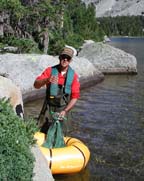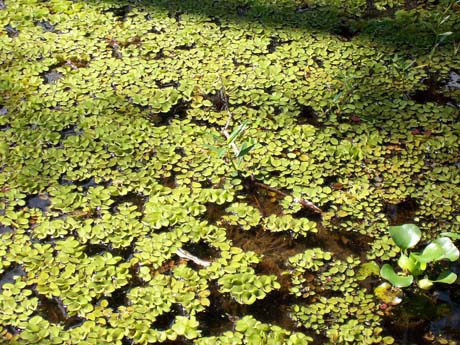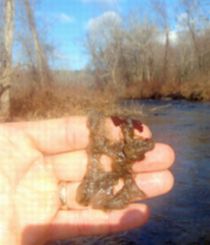 How do invasive species become invasive? There are a number of hypotheses, and sorting them out is vital to wildlife managers trying to lessen the invasives’ impact. One recent study, published in the journal Ecology, found that generalist plant-eaters, in this case insects, grew more slowly when eating a plant that was not native to their continent.
How do invasive species become invasive? There are a number of hypotheses, and sorting them out is vital to wildlife managers trying to lessen the invasives’ impact. One recent study, published in the journal Ecology, found that generalist plant-eaters, in this case insects, grew more slowly when eating a plant that was not native to their continent.
The plant was spotted knapweed, known to have at least one defensive chemical not yet found in plants native to North America. The researchers concluded that when it came to generalist herbivores and spotted knapweed, the “novel weapons hypothesis,” which says the invasives thrive because native predators are vulnerable to their unfamiliar defenses, seems to be the case.
The study is interesting for a bunch of reasons, but particularly because it offers some insight into the role of spotted knapweed in North American ecosystems. There are many implications, but let’s start with the trickle-up effect in the ecosystem of spotted knapweed consumers (moths, grasshoppers) that are smaller, but still abundant. That could really mess with the energy budget of their predators. Also, while we may think of the biggest impacts as coming from the invasive plant not being eaten at all, even when eaten, the sub-lethal effects of consuming spotted knapweed can echo through the food chain.
Photo credit: Cody Hough, college student and photographer in the Michigan area.







